26 Survival Myths That Can Cost You Your Life
Many obvious survival tricks from Hollywood are myths. This guide bluntly clarifies, that way you're on the safe side in the wilderness.
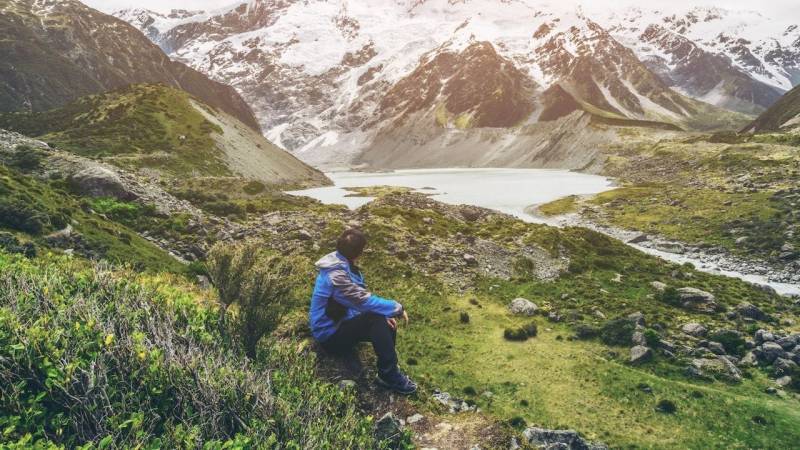

From Martin Gebhardt. Check out my “About me” page.
👉 The key facts from this guide
- There are various survival myths and life hacks that are extremely dangerous.
- Rubbing frostbitten skin does not warm it up again, but only causes more damage.
- A hot bath does not alleviate hypothermia, but can lead to excruciating pain or even a heart attack.
- Eating does not prevent hypothermia. In fact, it can be dangerous during hypothermia, as you may fall into a state of shock and vomiting if you have just eaten.
- Alcohol does not warm you up from the inside. Alcohol dilates your blood vessels and capillaries on the surface of your skin, making you cool down even faster.
- Drinking your urine is not safe. Your urine is full of waste products from your body, and reintroducing these waste products back into your body is not healthy.
- Eating raw meat is not safe. Raw meat usually contains pathogens that can attack the human body.
There are many life hacks known for how to survive under certain circumstances and in situations.
These are spread by movies and are constantly being warmed up.
You probably know some of these "obvious" tricks.
Many of them are myths and not true at all. Some of them can even cost you your life.
I've summarized 26 survival myths for you here so you'll know better if you find yourself in such a situation.
Cold Survival Myths
There are some tricks to avoid cold that actually have the opposite effect and can quickly put you in an even more dangerous situation.
1. Rubbing frozen skin warms it up again
Do not do this. Never do this!
Frostbite occurs when ice crystals form on your skin.
When you start rubbing the injury, you only cause more damage. This is because the formed ice crystals tear apart your cells.
Instead, you should slowly warm up the tissue and possibly take a painkiller - frostbite, chilblains and cold damage can really hurt.
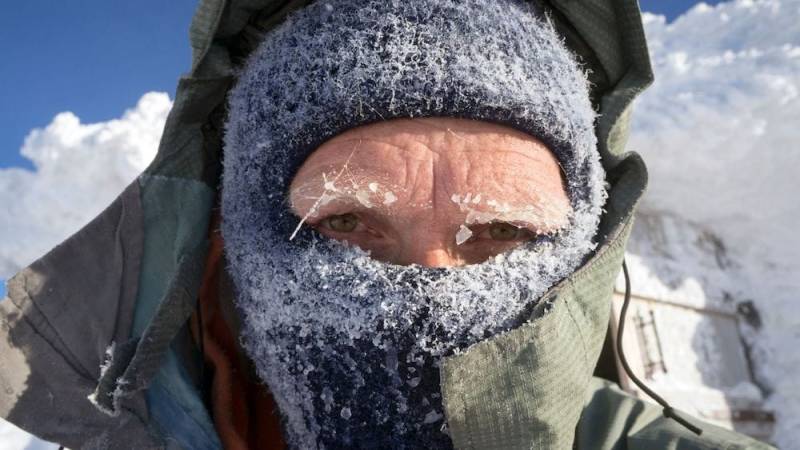
2. A hot bath relieves hypothermia
No, that's incorrect.
It is very dangerous to take a hot bath when you are hypothermia. This primarily leads to excruciating, unbearable pain or, in the worst case even triggers a heart attack.
It's true: You must treat hypothermia immediately by raising the body temperature.
But you must do this slowly and step by step.
Instead, you should place very warm to hot water bottles under both armpits or warm yourself up through direct skin contact with other people.
Read also: How to survive a fall into cold water
3. Sleep helps with hypothermia
Your body is under high stress when you are in hypothermia: you shiver, become confused, speak unclearly and sluggishness spreads.
Of course, your body needs a break and gets tired from time to time. But that doesn't mean you should simply close your eyes and fall asleep.
This is actually a serious warning sign. Under these circumstances, falling asleep almost always leads to death.
So while you are slowly warming up again, it is important to make sure that you do not fall asleep.
4. Eating prevents hypothermia
Never eat anything if you are shivering due to hypothermia.
If you are only experiencing a common shock, it's a different story.
However, eating is dangerous if you are suffering from hypothermia. If you fall into a state of shock here because your body is defending itself against the cold, it is very likely that you will vomit if you have just eaten or are still in the middle of eating.
Worst-case scenario, it can even lead to death by suffocation.
5. Alcohol warms from the inside
You probably know the typical image: a Saint Bernard dog is walking around with a small bottle of cognac hanging from its collar, to revive victims of an avalanche.
Such high-percentage alcoholic drinks (and alcoholic drinks in general) are, however, the last thing you really need when fighting against the cold.
Even though it may feel like the alcohol warms you up from the inside, in reality, it's a different story.
The alcohol widens your blood vessels and capillaries at the surface of your skin, causing you to cool down even faster.
It's better to grab hot tea or cocoa instead.
6. Any material works equally well as a base layer
That's not entirely true. When it comes to cold weather, cotton as a base layer can actually be dangerous as it promotes hypothermia at low temperatures.
Although cotton is ideal for spending the day at home and offers many benefits in hot and dry areas,
wet cotton loses all insulation properties. Cotton can absorb up to 27 times its weight in water, which can rob you of valuable body heat in emergencies.
Simple rule of thumb: If it's cold enough to wear long underwear, then it's too cold to choose cotton as your base layer.
Read also
The 7 Deadly Enemies When You're in a Survival Situation - What enemies do you need to watch out for when you're in a survival situation? Learn how to avoid these survival mistakes and survive.
Survival Myths about Fire
Without fire, you're in trouble. But even here, several myths have crept in.
7. Wood Test with Your Thumb
You may have heard that you can determine if a piece of wood is suitable for starting a fire by rubbing it with your thumbnail.
It's often said that you need to press the wood with your thumbnail to make a dent.
Dangerous, this myth is not. This test may work under certain circumstances, but it is not confirmation, but simply coincidence.
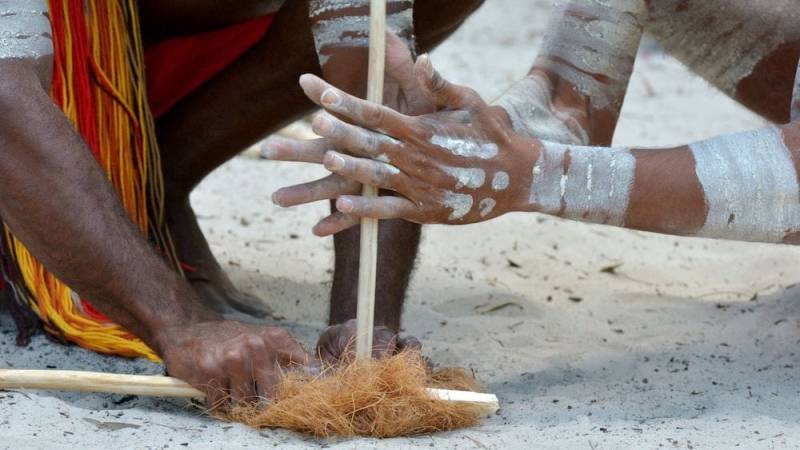
8. Nose grease is a good ignition source
Really, do you have enough grease on your nose to lubricate the tip of the bow drill?
I may not know you personally, but I doubt this fact.
Even a teenager with bad skin does not produce enough sebum to aid in fire starting by friction.
9. Starting a Fire by Friction
It's true: friction is one way to create heat and a first flame.
That doesn't work if you just rub two sticks together. Creating fire by friction requires a lot of practice, patience, and maybe a bit of luck.
10. Wet matches work after they have been dried
No, I'm sorry to disappoint you.
The chemicals that are located in the match heads are particularly sensitive to moisture.
As soon as a match head comes into contact with enough water, the chemical composition changes. Then they no longer work, even if you dry them.
Be on the safe side and buy waterproof matches or keep your conventional ones in a waterproof container.
11. Hardwood is best for starting a friction fire
Yes, it's true: Oak is an excellent firewood. Hardwood burns long and well.
This does not mean, however, that it is suitable for kindling a fire through friction.
The ignition temperature and density are not suitable for this. Softwood, such as poplar (without resin), is better suited for this purpose.
I've written a whole guide on the subject: What wood is best for the fire bow drill? This is how you choose the best wood for your bow drill.
12. Eight-sided fire bow drill
One day, the eight-sided bow drill became popular. However, these sharp edges are not advantageous, in fact: they destroy the string used.
Stick to traditional, round sticks instead. The rounder, the better.
If you are keen to learn more about Tinder and Firemaking, take a look at my book "The Fire Bible".
Survival myths about hydration & drinking
Drinking is important. It may sound banal, but be careful not to make any mistakes.
13. Drinking your own urine
The question will inevitably arise: "Can I drink my own urine?"
I'll tell you:
"Yes, you can, but why would you want to do that?"
Your urine is full of the waste products from your body. Don't reintroduce waste back into your body.
Reading tip for more information: "Drinking urine to survive - is it safe?"
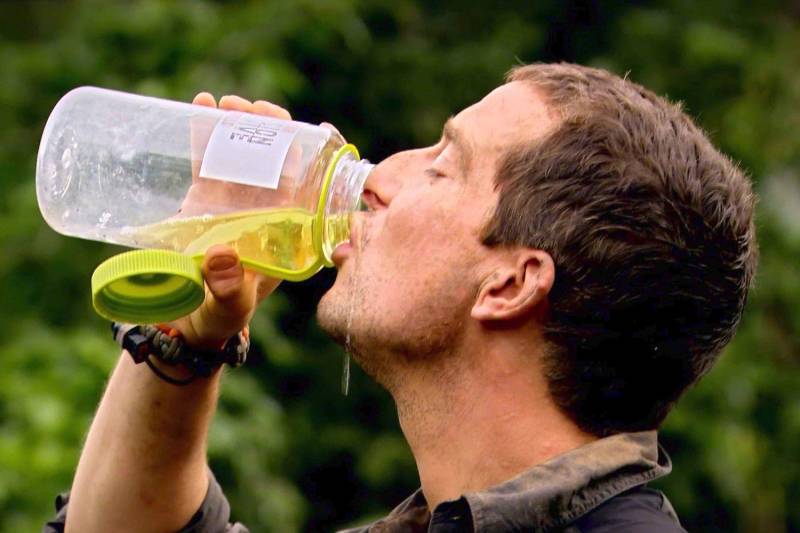
14. Eating snow
I assume you know why you should not eat yellow snow. :-)
But what about "normal" white snow?
If you do not have any other source of water available, you should always melt snow first.
Snow consists of nine parts air and only one part water. If you try to eat snow, you will get hypothermia. In extreme cases, your mouth may freeze.
Reading tip: The Ultimate Water Guide [finding, collecting, filtering]
15. Sucking on rocks
The idea behind this is that it stimulates saliva flow.
But don't do it, it hardly brings you any benefits. In the worst case, you could swallow the rock and choke on it.
16. Drinking blood
Yes, there is water in blood. That's the risk you take, but it's not worth it.
Drinking blood hardly yields results and doesn't quench thirst. You'll feel sick from it in no time.
Add to that, you may be exposed to disease-causing agents.
Survival myths about shelters and protection
Myths have also arisen around the topic of shelter. Educate yourself now:
17. A Big Fire is Better Than Shelter
No way! What if it rains, snows or gets windy?
Believe me, you would rather not experience that. Take the time to build a shelter.
Reading tip: The most important survival tips for survival
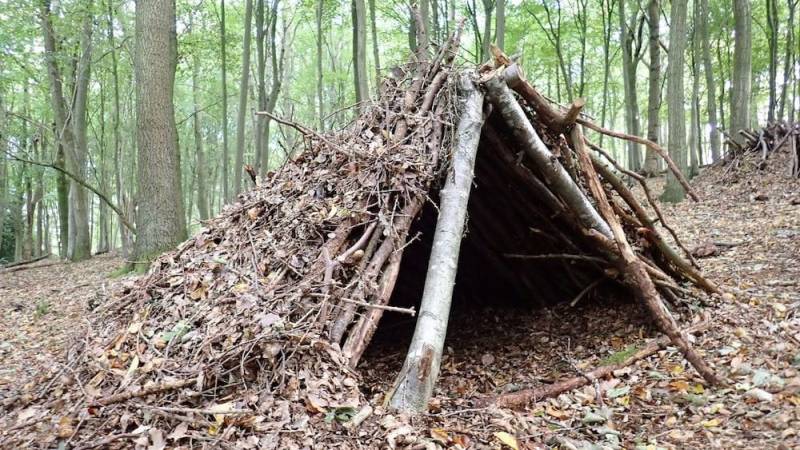
18. Rescue blankets are useless
Again, no good.
The huge aluminum foils may not look like they provide warmth, but an aluminum layer reflects strongly.
This is how you can keep warm. Give it a try! These foils weigh almost nothing and are folded up tiny. You won't even notice that you have emergency blankets with you.
Purchase tip: 10 pieces rescue blanket / rescue foil for approx. 14 €!
19. Fire in a cave
Yes, it keeps you warm, but the temperature expands the stone.
That can even lead to the cave (or snow cave) collapsing and you being buried with your fire.
Therefore, it is best to light your fire in front of the cave.
20. A Lean-To shelter is a great shelter
A Lean-To looks good, but you should not use it as a sleeping shelter.
With this very simple shelter, you are not really protected.
You need something with walls, a roof, and maybe even a door to stay properly warm and dry. Like the Debris Hut (here's a video about it).
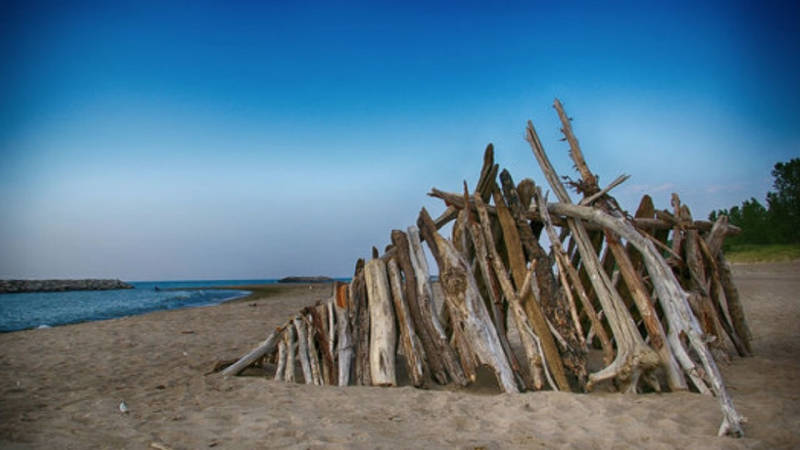
Survival myths about wild animals
Wild animals can also be dangerous. Don't get yourself into hopeless situations with dangerous half-knowledge!
21. Eating raw meat
It's not safe to eat raw meat and seafood.
Raw meat usually contains pathogens that attack the human body.
This is the last thing you require in a survival situation.
Sushi is an exception due to the saltwater. The pathogens are incompatible with the human body.
So, cook after killing before eating.
22. Cut open and suck out snake venom
This method belongs to the past, but thanks to Hollywood, it is frequently seen again.
In reality, however, you only open an even bigger attack surface by doing so. This increases the risk of infection.
After being bitten by a venomous snake, it is better to apply a compression bandage and seek medical attention.
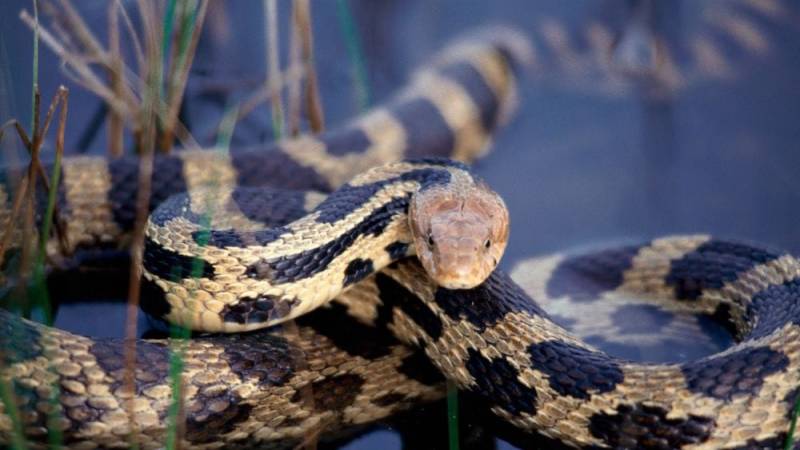
23. What animals eat
Do not assume that you can eat everything that animals eat.
Be particularly careful with this assumption when it comes to birds, as they mainly eat many berries that are poisonous to humans.
Reading Recommendation: Edible Plants: This Emergency Food Can Be Found in the Forest (List + Images)
Survival Myths about Navigation
The last chapter of survival myths. Make sure to find your way safely.
24. Being Safe with GPS
If you have the money and the means, buy an appropriate navigation device.
However, don't assume that you'll always arrive safely with it. Even with a GPS device, there is a possibility that you will get lost.
Therefore, take a map and compass with you in case the device or signal fails.
25. Moss always grows on the north side of trees
That is not always the case. Moss grows where it is sunny and warm enough for it. Therefore, do not navigate based on moss growth.
You can use moss as a reference point, but you must never rely solely on it.
Navigate better using the "Shadow Stick Method" and check out my 11 tested methods to navigate without a compass.
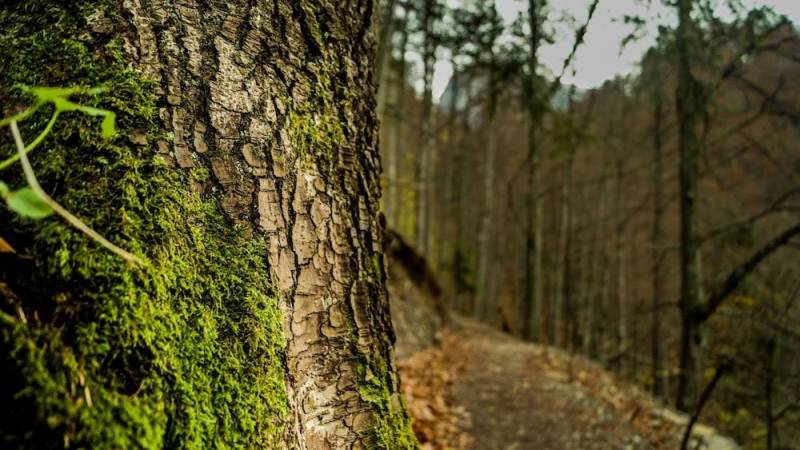
26. Tracking birds to find water
It is often said that birds always fly towards water without exception.
However, this is unfortunately not always the case. So, don't rely on a bird when you're looking for water.
Check out my article "The Ultimate Water Guide" if you want to know everything about finding water.
Did you learn anything new?
Did you already know that these are myths?
Share your experiences in the comments.
Also check out my article on Dangers in the Forest.


Author of the guide
Martin Gebhardt
Hey, I'm Martin. On my blog, you will learn the basics and numerous details about living in the wild. I think survival, bushcraft and the good life in nature are the keys to happiness. Find me here on Instagram or on YouTube. You can find more about my mission on the About Me page.
Was this guide helpful?
47 people found this guide helpful.
5.00 out of 5 points (47 Ratings)
Comments (0)
This post may contain affiliate links. So if you click on the links and make a purchase, I will receive a small commission at no additional cost to you. Click here, to learn more about it.



